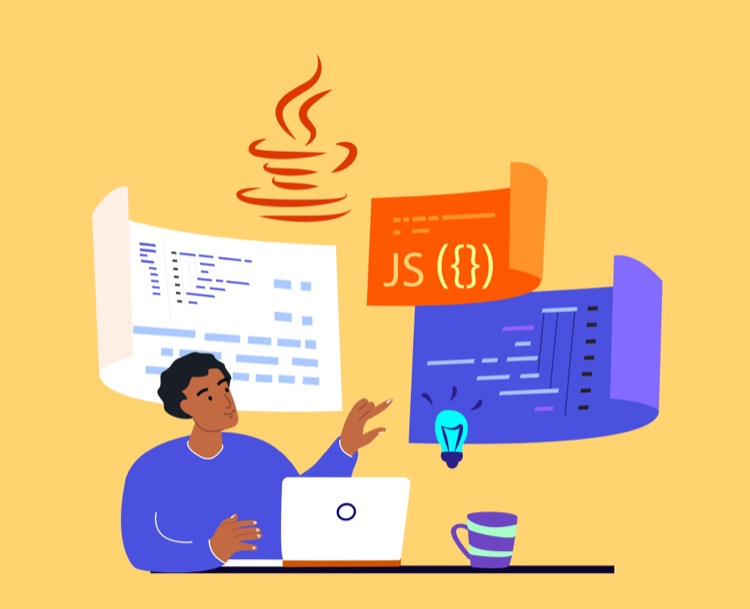- All of Microsoft

Managing URL Parameters in JavaScript for Power Pages Sites
Power Platform Consultant 💬 at HybrIT Services | Low Code Lewis 👨🏻💻 | Microsoft 365 | Power Platform | SharePoint | Dynamics 365 | #CommunityRocks 🚀
Improve your Power Pages website with our step-by-step guide on handling URL parameters using JavaScript.
Power Pages are a useful tool for creating customer-facing websites and experiences. Sometimes it's advantageous to segment information across various pages, instead of condensing everything into one, potentially overwhelming, page. This segmentation technique enhances the user experience by negating clutter and confusion.
Essentially, to move different elements of information onto varied screens or pages, we need a global variable to carry over our values to the next page. This behavior, which typically requires URL parameters, is aptly executed in the realm of the Power Pages sphere.
In his recent blog post, Lewis Baybutt [MVP] offered insights on handling URL parameters with JavaScript for Power Pages websites. He demonstrated how to use JavaScript to manipulate different user interfaces and behaviors based on a URL parameter or query string.

A URL parameter, often known as a query string, can be added at the end of a URL. This string contains a parameter name that is assigned a specific value. Additively any other parameter and its values follow it, all separated by '&'.
The blog post included an example demonstrating the use of a query string; "https://lowcodelewis.com?post=URLParameters" here, ‘post’ is the parameter name and ‘URLParameters’ is the assigned value.
Importance of URL Parameters Handling in The Era of Modern Web Development
In the modern web development landscape, handling URL parameters with logical precision is essential. Enterprises are adopting segmentations strategies to ensure an optimum user experience that positively impacts accessibility, engagement, and conversions. Power Pages, strengthened by a foundation of adept JavaScript coding, offer both seasoned and emerging developers an indomitable tool to manipulate user interfaces and behaviors, thereby creating uniquely tailored experiences for users. The crux of this technique lies in the apt handling of URL parameters, demonstrating their unparalleled importance in the current development space.
Read the full article Handle URL parameters in JavaScript for Power Pages websites

Learn about Handle URL parameters in JavaScript for Power Pages websites
The article discusses the handling of URL parameters in JavaScript for Power Pages websites. It provides an overview of breaking down customer-facing websites into more manageable and uncluttered pages or screens. To achieve this, a global variable is set that carries over to the next page or screen, which is handled through URL parameters.
The importance of URL parameters is emphasized, as they allow the functionality of global variables to be mimicked on websites and Power Pages. URL parameters append a question mark, a parameter name, an equals character, and a value to the end of a URL. Further parameters and values can be added and separated with '&'. The author provides an example URL in the context of a website for clarity.
Following this, the author explores how to handle URL parameters in JavaScript. Through JavaScript code, it's possible to pass a URL parameter or query string to a webpage, causing the webpage to behave differently based on the passed-in value. The relevant JavaScript code is provided, illustrating how to get the value of a URL parameter and store it in a variable for later use. The code requires the replacement of 'ParameterName' with the name of the URL parameter.
In order to learn more about this topic, readers can engage with online training courses related to JavaScript and Power Pages websites.
- Visit reputable e-learning platforms that offer courses on JavaScript, such as Coursera, Udemy, and Codecademy.
- Join online forums and communities focused on web development to get practical insight and tips from experienced developers.
- Refer to web development blogs and articles from trusted sources for a more intimate understanding of URL parameters and their working in JavaScript.
- Practice using URL parameters on personal projects and websites for hands-on experience.
Gaining a comprehensive understanding of URL parameters can greatly enhance one's web development skills and ability to create more dynamic and interactive websites.
More links on about Handle URL parameters in JavaScript for Power Pages websites
- Can you use URL Parameters with Microsoft Power Pages?
- Dec 5, 2022 — Is it (or will it be) possible to use URL Parameters with Microsoft Power Pages? I don't mean query parameters (or 'querystring' parameters) ...
- Custom URL Query Parameters for your Power Apps Portals
- Feb 27, 2021 — Custom URL Query Parameters for your Power Apps Portals ... The GUID is passed in a URL query string parameter called id. This is the default ...
- Manage web pages
- Apr 27, 2023 — Learn how to manage web pages metadata in Power Pages ... Partial URL values are used as URL path segments. As such, they ...
Keywords
JavaScript URL parameters, Power Pages SEO, Website URLs JavaScript, Handle parameters JavaScript, JavaScript for websites, JavaScript Power Pages, SEO Power Pages, URL parameters handling, Power Pages website optimization, JavaScript SEO strategies.